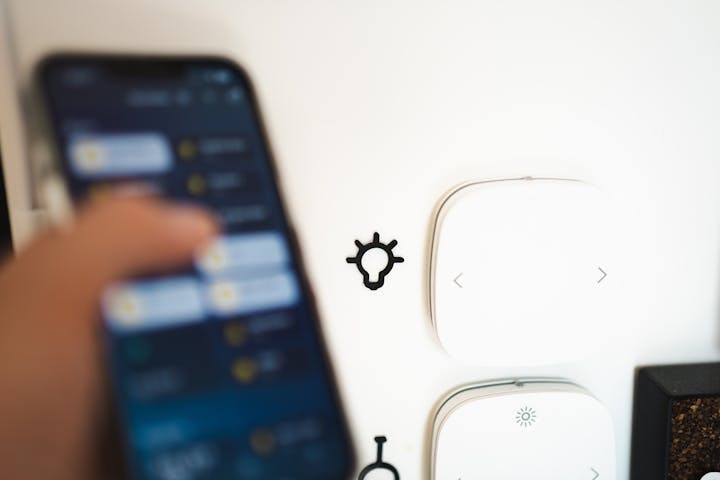AWS IoT Core vs Azure IoT Hub vs GCP IoT Core
 |
| AWS IoT Core vs Azure IoT Hub vs GCP IoT Core | Image credit: Pexel |
In the modern connected world, Internet of Things (IoT) platforms offered by cloud providers are the backbone of intelligent edge solutions. AWS IoT Core, Azure IoT Hub, and Google Cloud IoT Core are the flagship services provided by Amazon, Microsoft, and Google respectively. This blog post compares these platforms across key features, similarities, and differences to help you select the right one for your IoT solution.
Key features of AWS IoT Core
- Secure device connectivity using MQTT, WebSockets, and HTTP
- Device authentication and authorization using AWS IAM and X.509 certificates
- Device Shadows for maintaining device state
- Rules engine for routing data to AWS services (Lambda, S3, DynamoDB, etc.)
- Integration with AWS Greengrass for edge computing
- Fleet indexing and jobs for managing large-scale deployments
- Supports AWS IoT Analytics, Device Defender, and SiteWise
- AWS IoT Core Docs
Key features of Azure IoT Hub
- Bidirectional communication using MQTT, AMQP, and HTTPS
- Device provisioning via DPS (Device Provisioning Service)
- Built-in device identity and authentication with X.509 certs or SAS tokens
- Integration with Azure Event Grid, Stream Analytics, and Logic Apps
- Support for message routing and custom endpoints
- Device twins for state synchronization
- IoT Plug and Play support for simplified device integration
- Azure IoT Hub Docs
Key features of Google Cloud IoT Core
- Secure device connections via MQTT and HTTP
- Device authentication using JSON Web Tokens (JWTs)
- Integration with Cloud Pub/Sub for downstream processing
- Supports Cloud Functions, Dataflow, and BigQuery for analytics
- Device registry and configuration updates
- Limited edge computing support compared to AWS/Azure
- GCP IoT Core Docs
What is similar in AWS IoT Core vs Azure IoT Hub vs GCP IoT Core
- Enable secure communication using standard IoT protocols (MQTT, HTTP)
- Support device identity and secure authentication mechanisms
- Provide mechanisms to manage and update device states remotely
- Allow integration with other cloud-native services for storage, analytics, and processing
- Offer scalable architectures for handling millions of devices
- Enable data routing and real-time stream processing
What is different in AWS IoT Core vs Azure IoT Hub vs GCP IoT Core
- Edge Support: AWS Greengrass and Azure IoT Edge offer robust edge computing, whereas GCP has limited support
- Device Management: Azure has richer tooling for provisioning, lifecycle management, and message routing
- Analytics Integration: AWS IoT integrates tightly with IoT Analytics and SiteWise; GCP focuses on Pub/Sub + BigQuery; Azure supports Stream Analytics
- Security: All are secure, but differ in implementation—AWS uses IAM and certs; Azure uses SAS and certs; GCP uses JWTs
- Platform Maturity: AWS and Azure have more complete, enterprise-ready IoT ecosystems; GCP’s IoT Core service was retired (August 2023), pushing developers to custom setups
Conclusion
Choosing an IoT platform depends on your existing cloud strategy, scalability requirements, and integration needs. AWS IoT Core is ideal for teams invested in AWS and seeking comprehensive IoT and edge capabilities. Azure IoT Hub is a great choice for enterprise-grade features, deep security, and powerful routing rules. GCP IoT Core was competitive but has been deprecated—developers on GCP may now consider alternatives like building custom IoT solutions using Pub/Sub and other managed services.